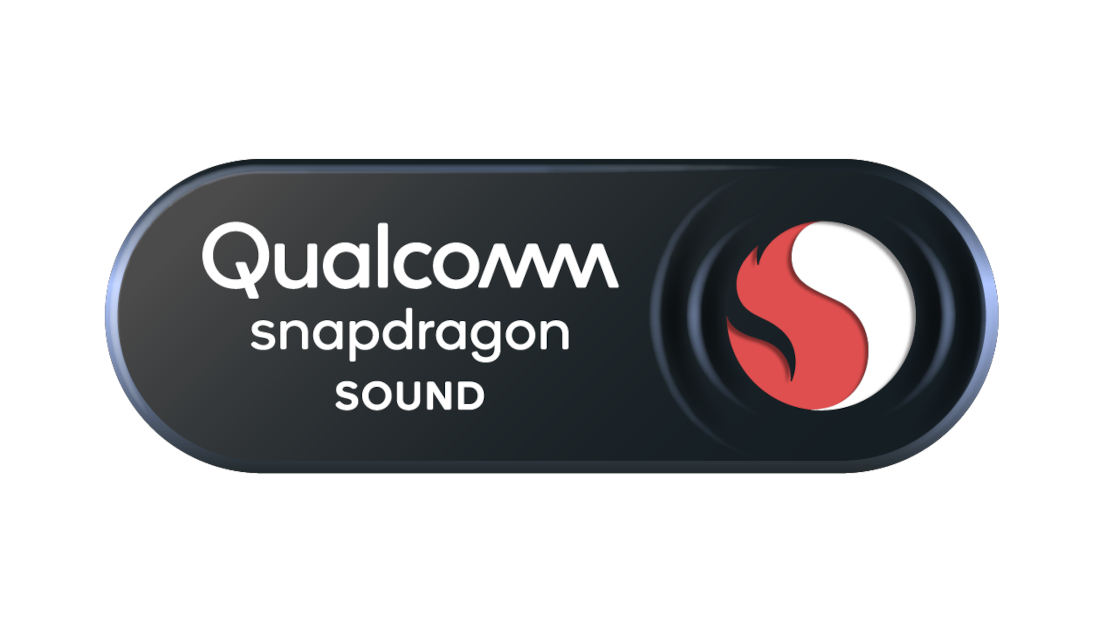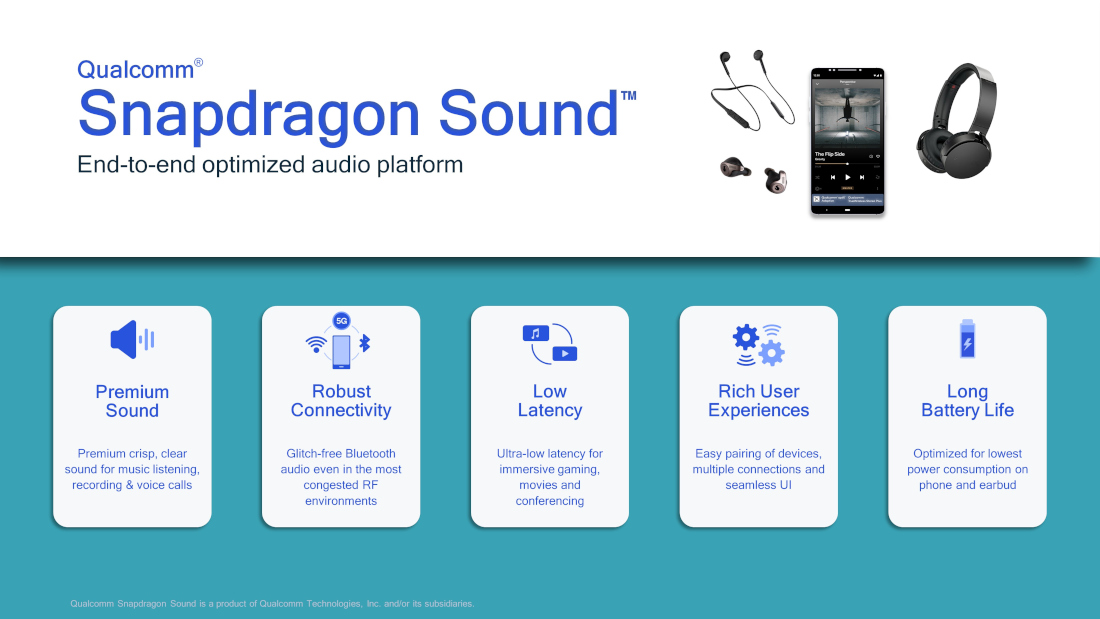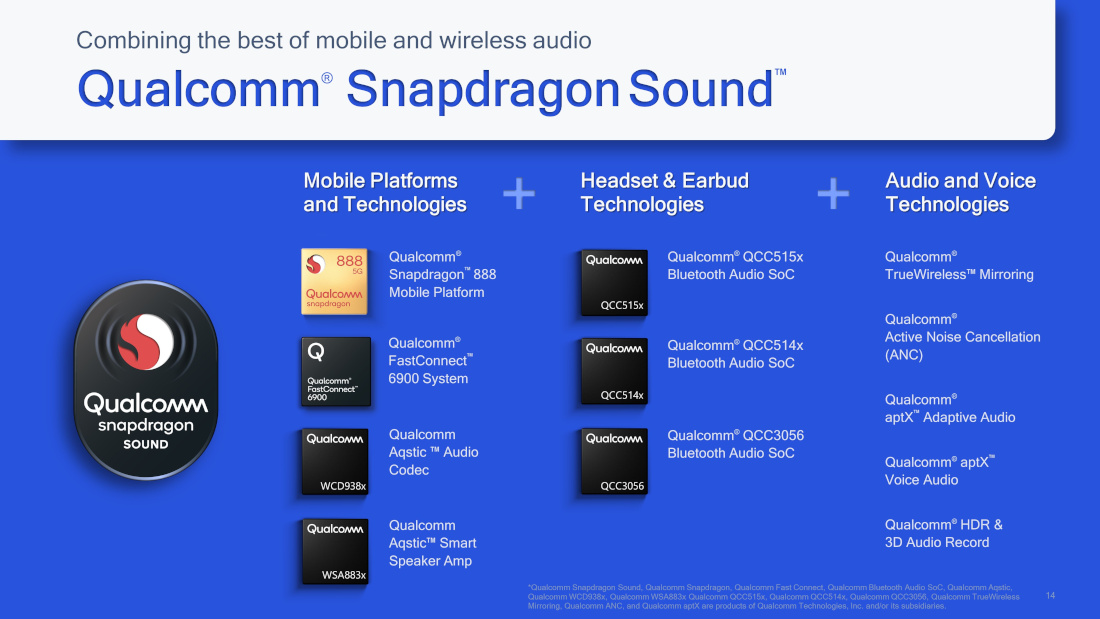
Yesterday, Qualcomm announced “Snapdragon Sound”, an ecosystem of sorts containing a suite of optimised technologies that will work in harmony with devices, and is designed to provide users with the best audio experience. Qualcomm has designed these technologies for users for when listening to streaming music, communicating on the phone, or wirelessly gaming.

Through Snapdragon Sound, Qualcomm is aiming to improve the audio experience for the user at every step of the way. This includes right from devices connecting to each other, preventing breaks in connectivity, audio dropouts and glitches, latency, and poor audio compression.

For wireless listening, Snapdragon Sound will support high-resolution 24-bit 96kHz audio, ultra-low latency, improved pairing, and crystal-clear voice quality. And for wired listening, there is support for the Qualcomm Aqstic DAC, which enables up to 384kHz 32-bit PCM and DSD with ultra-low THD+N.
Some of the many technologies included in the ecosystem are:
- Qualcomm Snapdragon 8-series mobile platforms
- Qualcomm FastConnect 6900 mobile connectivity system
- Qualcomm QCC514x, QCC515x and QCC3056 series Bluetooth Audio SoCs
- Qualcomm Active Noise Cancelling (ANC) technology
- Qualcomm aptX Adaptive, 24-bit 96kHz and 89ms latency
- Qualcomm aptX Voice super wideband voice
- Qualcomm Aqstic audio codec and smart speaker amplifier WCD938x and WSA883x
- Qualcomm Audio and Voice Communication Suite.
Qualcomm announced that their first customers to utilise Snapdragon Sound would be Xiaomi and Audio-Technica. They also released a Amazon Music HD playlist called “The Snapdragon Sound Playlist”, which is designed to show the capabilities of Snapdragon Sound. It can be accessed here.
Commenting on the launch, James Chapman, vice president and general manager, Voice, Music and Wearables, Qualcomm Technologies International, Ltd. said:
The human ear is highly sensitive to glitches, latencies and other challenges which commonly occur when streaming music, video conferencing, or gaming over wireless connections. By focusing end-to-end, we are looking to deliver innovations to solve common consumer pain-points across virtually all audio interaction points.
